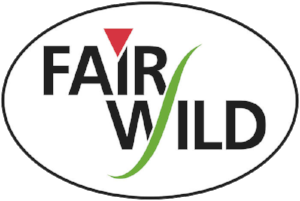Discover the hidden harvest in your shop
Unlike increasingly throwaway descriptions like “organic” or “natural”, wild plant ingredients or products are rarely specified explicitly in consumer products. But take our word for it — wild plant ingredients are definitely all around you.
WAYS TO LOOK OUT FOR WILD INGREDIENTS
Here are a three steps to help you identify wild plant ingredients in what you buy:
Look for the FairWild logo – if it’s there, wild plants are present!
Get a head start – Cosmetics, beauty, health, wellbeing, and medicinals are products types most likely to have wild plant ingredients – so check those first
The Wild Dozen – these are 12 key plant products to look out for in the ingredients list that are most likely wild harvested: Frankincense (Boswellia), Shea butter (Vitellaria paradoxa), Jatamansi/Spikenard (Nardostachys jatamansi), Gum arabic (Acacia spp. or E414), Goldenseal (Hydrastis canadensis), Candelilla (Euphorbia antisyphilitica), Pygeum (Prunus africana), Argan oil (Argania spinosa), Baobab fruit (Adansonia digitata), Devil’s Claw (Harpagophytum procumbens), Liquorice (Glycyrrhiza spp.), and Juniper
#IFoundWild Gallery
You don’t have to look far to find the wild in what you buy …
Follow the steps above, and post a photo of the product you found a wild ingredient in with the hashtag #IFoundWild. Beauty and cosmetics are rife with wild plant ingredients, A few places to get you started below, including Gum Arabic in fizzy drinks (hidden away as E414) which stops the sugar sinking to the bottom, and in tobacco rolling paper as the glue, and Shea Butter, used in millions of creams and moisturisers across the world.
Join the hunt and find the wild in your shop!












